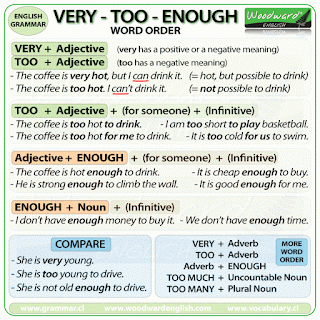
INDIRECT QUESTIONS An indirect question is not a question at all. In a direct question, the auxiliary verb comes before the subject. However, in an indirect question, the auxiliary verb comes after the subject. What’s more, an indirect question ends with a full stop, not a question mark. Read the following sentences. Direct question: Where are you going? Indirect question : I want to know where you are going . (NOT I want to know where are you going?) Direct question: When do you intend to leave? Indirect question: I want to know when you intend to leave. (NOT I want to know when do you intend to leave?) Change the following direct questions into indirect questions using the introductory clauses given. 1. (I would like to know) ‘What are your pl...

